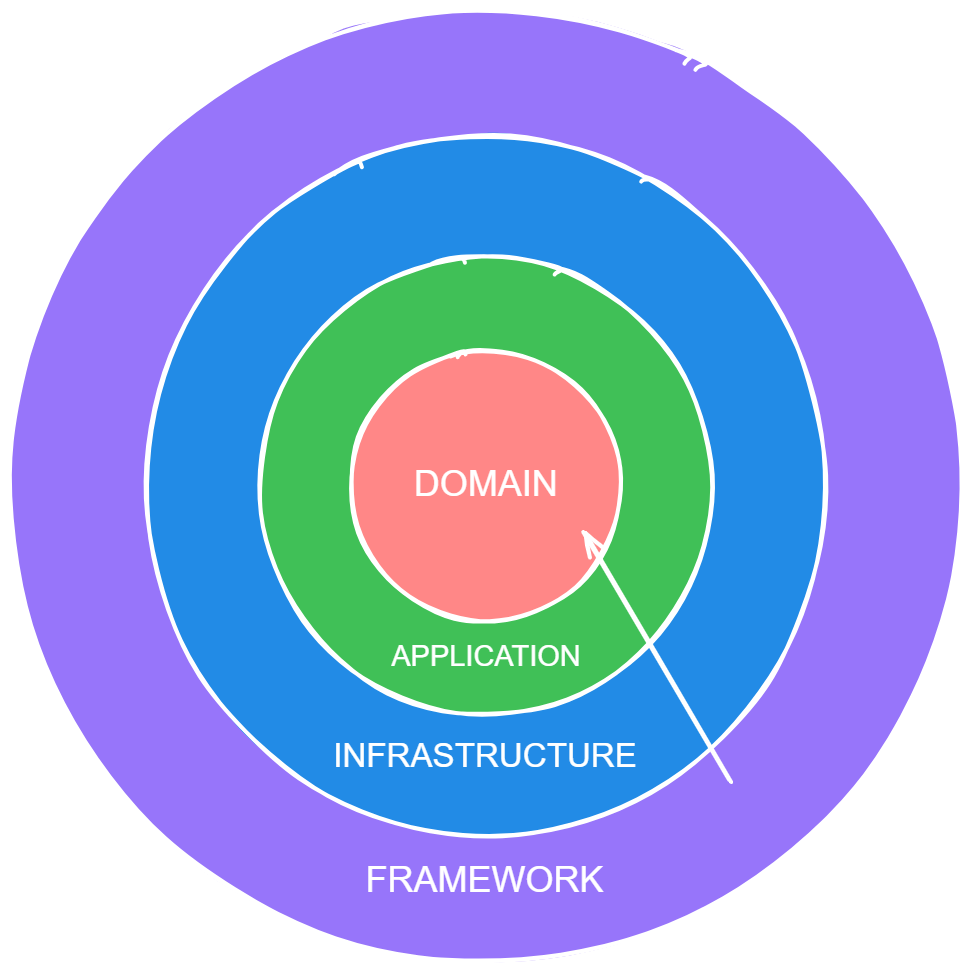Mastering Domain-Driven Design with .NET 8 and React
by Ivan Rodriguez | Published on August 31, 2024
In modern software development, building complex applications that are easy to maintain and evolve is a significant challenge. **Domain-Driven Design (DDD)** has become a popular approach to tackling this complexity by focusing on the business domain itself. By aligning software design with business needs, DDD helps create systems that are robust, flexible, and scalable.
What is Domain-Driven Design?
Domain-Driven Design is a set of principles and patterns for designing software that is deeply connected to the business domain. At its core, DDD emphasizes collaboration between domain experts and developers to build a shared understanding of the domain model. This model then guides the development of software, ensuring that the system reflects the real-world processes and rules of the business.
Key Principles of DDD
DDD revolves around several core principles:
- Ubiquitous Language: A shared language between developers and domain experts that helps eliminate misunderstandings and ensures everyone is on the same page.
- Bounded Contexts: Defining clear boundaries within which a particular domain model is valid. This helps manage complexity by dividing the system into smaller, more manageable parts.
- Entities and Value Objects: Differentiating between objects that have a distinct identity (Entities) and those that don’t (Value Objects) to better model the business logic.
- Aggregates: A cluster of domain objects that can be treated as a single unit for data changes, providing consistency and encapsulation.
- Domain Events: Representing significant business occurrences, enabling decoupled communication between different parts of the system.
Implementing DDD with .NET 8
**.NET 8** offers powerful features for implementing DDD patterns and practices. The framework supports clean architecture principles, enabling developers to structure applications in a way that separates concerns and aligns with DDD concepts.
A typical .NET 8 solution following DDD principles would have projects like:
- Domain Layer: Contains domain models, entities, value objects, aggregates, and domain services. This layer is pure C# without any external dependencies.
- Application Layer: Manages use cases and application logic. It orchestrates domain logic and relies on interfaces to communicate with external layers.
- Infrastructure Layer: Implements repository patterns, handles data access, messaging, logging, and other concerns. It references the application layer.
- API Layer: Exposes HTTP endpoints using **minimal APIs** to interact with the application layer and serves as the entry point of the system.
Using **ErrorOr** for handling errors and validating domain logic in a clean and predictable way further enhances the DDD implementation in .NET 8. The minimal API approach promotes simplicity and a clear separation of concerns.
Frontend with React: A DDD Perspective
On the frontend, **React** can effectively complement a DDD architecture. Using state management libraries and patterns like **Redux** or **React Query** can help manage the UI's interaction with domain models in a predictable manner.
The component-based architecture of React aligns well with the concept of bounded contexts. Each component or module can be seen as a boundary within which certain domain logic is encapsulated, promoting a cohesive design.
For example, a **Customer Management** module could have its own set of components and hooks that deal with fetching, displaying, and updating customer data. These components would interact with the .NET 8 backend via REST APIs or GraphQL, maintaining a clear separation between the client and server-side logic.
Benefits of Combining .NET 8 and React with DDD
By combining **.NET 8** and **React** with **Domain-Driven Design**, teams can achieve several benefits:
- Clearer Domain Understanding: Through a shared language and structured approach, the team gains a deeper understanding of the business domain.
- Maintainability: The separation of concerns and clear boundaries make the code easier to maintain and evolve.
- Scalability: The modular nature of both .NET and React, combined with DDD principles, allows the system to scale both vertically and horizontally.
- Improved Collaboration: DDD encourages collaboration between domain experts and developers, leading to better solutions.
Conclusion
Domain-Driven Design is not just a set of technical guidelines; it's a way to think about building software that truly serves the needs of the business. By leveraging **.NET 8** and **React**, developers can effectively implement DDD principles, resulting in systems that are more aligned with business goals, easier to maintain, and built to last.
 Ivan
Ivan
